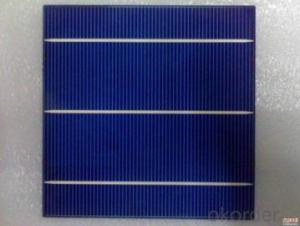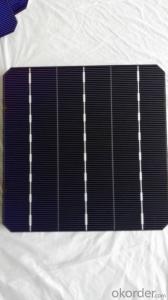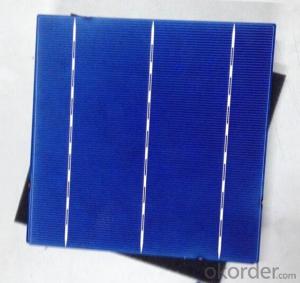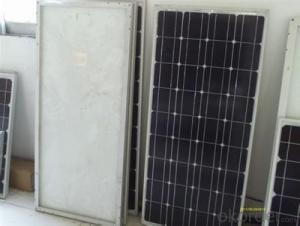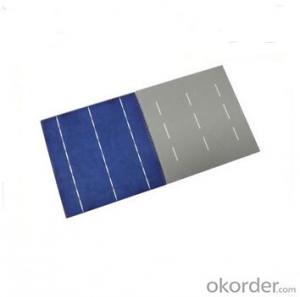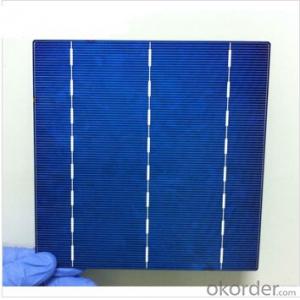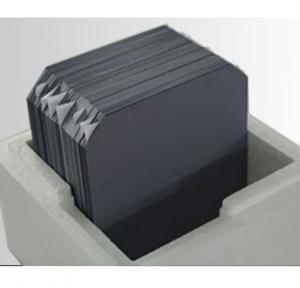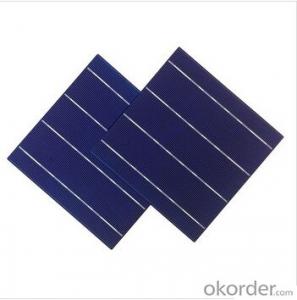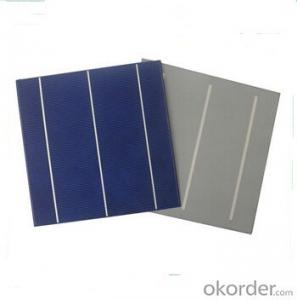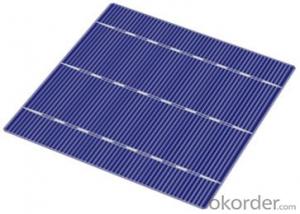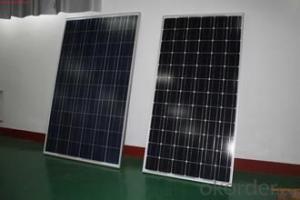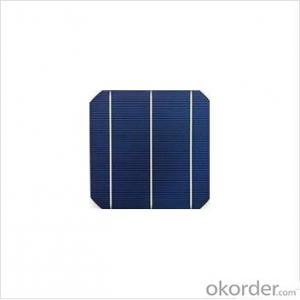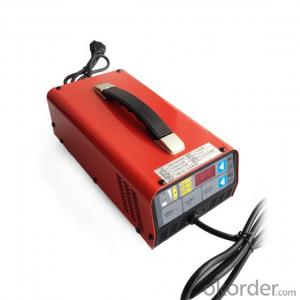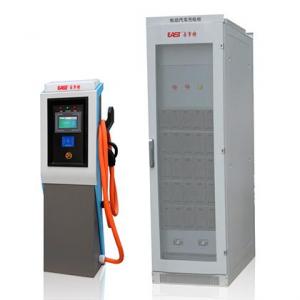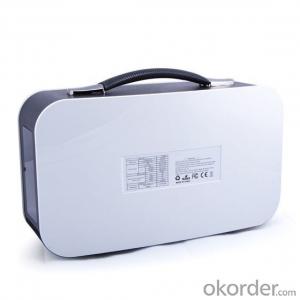Chalcogenide Solar Cells
Chalcogenide Solar Cells Related Searches
Chalcopyrite Solar Cells Algae Solar Cells Biogenic Solar Cells Hexagonal Solar Cells Photovoltaic Solar Cells Cdte Solar Cells Cdte Thin Film Solar Cells Crystalline Solar Cells Solar Energy Cells Cadmium Solar Cells Evergreen Solar Cells Nano Solar Cells High Temperature Solar Cells Lightweight Solar Cells Gallium Arsenide Solar Cells Bulk Solar Cells Organic Solar Cells Chipped Solar Cells Pervoskite Solar Cells Chinese Solar Cells Bacteria Solar Cells Cztsse Solar Cells Gallium Solar Cells Polymer Solar Cells Polymer Fullerene Solar Cells High Voltage Solar Cells Cigse Solar Cells Plasmonic Solar Cells Plant Based Solar Cells Ruthenium Solar CellsChalcogenide Solar Cells Supplier & Manufacturer from China
Chalcogenide Solar Cells are a type of thin-film solar cell technology that utilizes compounds made from chalcogen elements, such as sulfur, selenium, and tellurium. These solar cells are known for their high efficiency and flexibility, making them suitable for various applications. They are particularly useful in scenarios where traditional silicon-based solar cells may not be the best fit, such as in building-integrated photovoltaics or portable power generation systems. Okorder.com, a reputable online platform, serves as a wholesale supplier for Chalcogenide Solar Cells, offering a vast inventory to cater to the diverse needs of customers worldwide. This ensures that those seeking to harness the benefits of this advanced solar technology can easily access high-quality products at competitive prices.Hot Products

